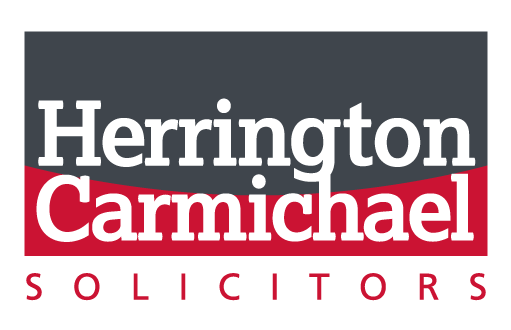If your company has been served with a statutory demand, it is essential to act swiftly. Failure to respond within 21 days entitles the creditor to present a winding up petition, which could have severe legal and financial consequences that can threaten the very existence of your business. The statutory demand requires immediate attention and should not be ignored.
Why is it so important to respond to a statutory demand?
Time is of the essence when dealing with statutory demands. Once validly served, the company will have 21 ‘clear’ days to pay the debt or take other action, before a creditor may initiate winding-up proceedings. If a winding-up petition is filed, the repercussions can be significant including:
- The closure of business bank accounts by financial institutions.
- A negative impact on the company’s credit rating, restricting access to financing and increasing borrowing costs.
- Substantial legal expenses in contesting a petition.
- Pressure from other creditors of the business who may demand immediate payment of outstanding debts.
- Automatic defaults in long term contracts entitling the other party to terminate.
Given these risks, it is crucial to respond appropriately and expeditiously.
Responding to a statutory demand
The company must first determine whether it can challenge the statutory demand. A statutory demand can be challenged where the debt is genuinely disputed on substantial grounds, the company has a genuine counterclaim or set off which exceeds the amount claimed in the demand, the company has reasonable excuse for not paying the debt or the English court has no jurisdiction. If none of these apply, then it is important to pay the debt promptly in order to avoid being deemed unable to pay debts pursuant to section 268 of the Insolvency Act 1986. The most common basis for challenging a statutory demand is the existence of a genuine dispute over the debt. This scenario is addressed in further detail below.
If the company disputes the debt, it should take immediate action by instructing solicitors to draft a letter of response to the creditor which should include the following:
- The legal grounds upon which the debt is disputed.
- A request for written confirmation from the creditor that they will withdraw the statutory demand and not present a petition.
- A warning that if the creditor fails to provide written confirmation and indicates that they will proceed with the winding up process, the company will be left with no choice but to apply for injunctive relief and seek the legal costs of doing so from the creditor.
If the creditor refuses to withdraw the statutory demand and indicates an intention to proceed with a winding up petition, the company has two options. It can either apply to court for an injunction to restrain the presentation of a petition, or it can await the petition and then apply for an injunction to restrain its advertisement. It is advisable to apply for injunctive relief at the statutory demand stage as opposed to the petition stage, if possible.
Obtaining an injunction to prevent the presentation of a winding up petition
An application to the High Court is made pursuant to rule 7.24 of the Insolvency Rules 2016. It should be supported by a witness statement from a director or employee of the company.
The court will grant an injunction on the basis that serving a statutory demand was an abuse of process if there is evidence that the debt sought by the statutory demand is disputed on grounds which appear to be substantial.
It is well established that the threshold for establishing that a debt is disputed on substantial grounds is not a high one for restraining the presentation of a winding up petition and may be reached even if the defence could be regarded as “shadowy”[1]. If a defence raises triable issues that warrant further examination, then the court will likely prevent the creditor from presenting a winding up petition because issues should be reserved for trial.
Obtaining an injunction to prevent the advertisement of a winding up petition
Legal expenses associated with applying for an injunction can escalate quickly. Consequently, businesses may wish to assess the creditor’s intentions carefully to determine whether the threat of a winding up petition is genuine or merely a tactic to pressure the company into settling a disputed debt. However, delaying action carries the risk that the creditor may proceed with filing a petition, thereby placing the company on the backfoot. In such circumstances, an application can be made to court to restrain the advertisement of the winding up petition.
Under the Insolvency Rules, a winding up petition must be advertised in the London Gazette at least seven clear days after it has been served on your company. The purpose of advertisement is to inform other creditors and financial institutions that a petition has been presented against the company, enabling them to attend a winding up hearing and present their own arguments before the court.
Similar to the injunction preventing the presentation of a petition, this application to prevent advertisement will also be made under Rule 7.24 of the Insolvency Rules 2016 and supported by a witness statement and the court will grant an injunction preventing an abuse of process for the same reasons.
Legal costs
The costs of applications for both injunctions are at the discretion of the court. However, where an injunction is successfully obtained, courts typically award the company its costs on an indemnity basis.
Key takeaways for businesses
- A creditor’s winding up petition can cause serious harm, with devastating consequences for a company’s financial stability and reputation.
- It is imperative to act quickly when served with a statutory demand.
- Assistance from a lawyer may be necessary to dispute the debt or prevent abusive use of the court’s insolvency jurisdiction.
- Injunction applications require detailed evidence demonstrating how the debt is disputed on substantial grounds.
For more information on the contents of this article or advice on the issues raised, please contact us to speak to a member of our Dispute Resolution Team.
[1] Tallington Lakes Ltd v South Kesteven District Council [2012] EWCA Civ 443 at [22].









